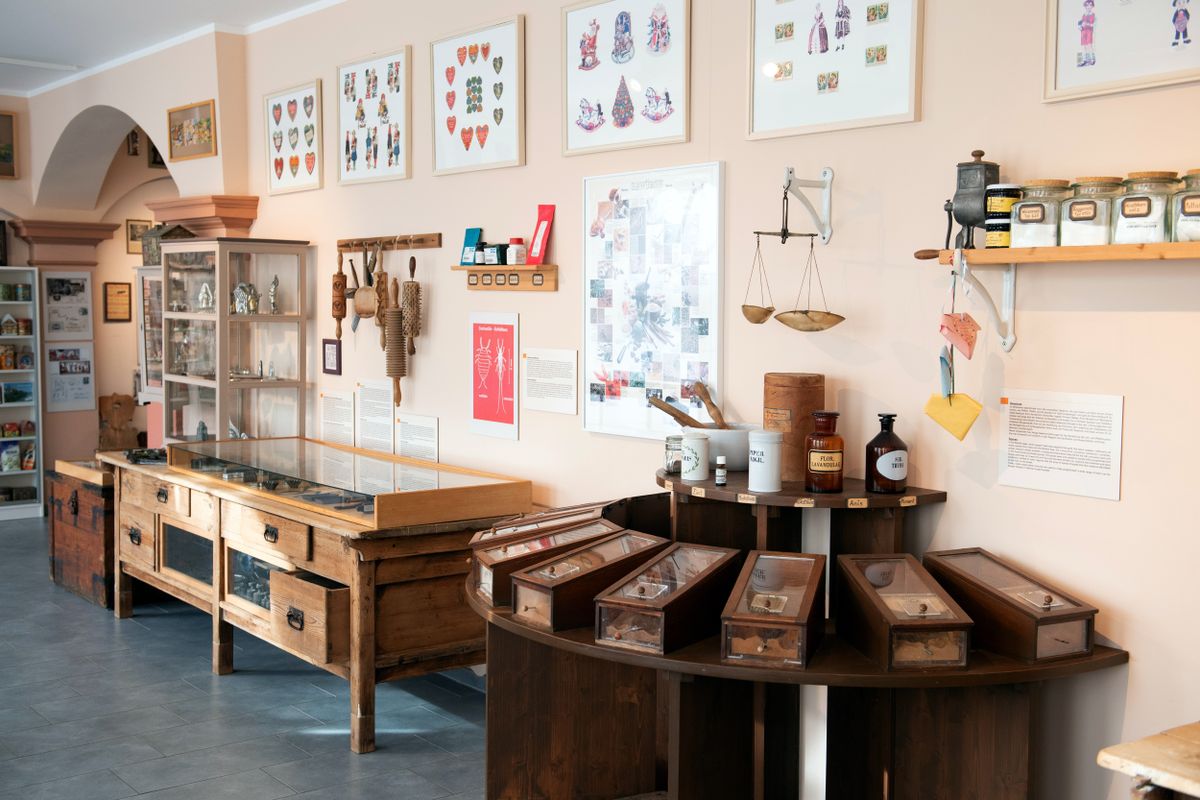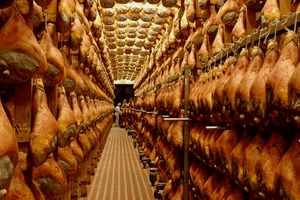About
Nestled in the heart of Pulsnitz, the Pfefferkuchenmuseum is a gingerbread wonderland that's as sweet as its treats. Picture this: a whimsical journey through the history of Pulsnitzer Pfefferkuchen ("pepper cake"), a variety of gingerbread that has been made in this small Saxon town since the 16th century - from the art of decorating to the gorgeous collection of historic tins and cheeky gingerbread themed postcards.. The walls whisper stories of aromatic spices and centuries-old baking secrets.
Unlike many types of gingerbread, Pulsnitzer Pfefferkuchen's doesn't call for fats or eggs. The dough is a simple mix of wheat and rye flour, honey, and spices. The exact spice blend varies from baker to baker, but they often include cinnamon, ginger, cloves, cardamom, fennel, nutmeg, and mace. Before it can be baked, the dough must rest for at least a few weeks, and sometimes up to a year. This resting process is what gives the gingerbread its light and fine texture. Once baked, pieces of gingerbread are dipped in sugar syrup or chocolate coating. Sometimes it is cut into hearts, which are decorated with colorful icing.
The Pfefferkuchenmuseum is not just a museum; it's a fragrant adventure that tempts your taste buds with the spicy allure of traditional gingerbread. From the art of decorating to the intoxicating aroma of freshly baked goodies, the Pfefferkuchenmuseum is a delicious escape into the heart of Pulsnitz's sweet legacy. It's where history meets the oven, and every crumb tells a tale.
Related Tags
Know Before You Go
Accessible from Dresden via a short train ride.
Community Contributors
Added By
Published
December 6, 2023




































